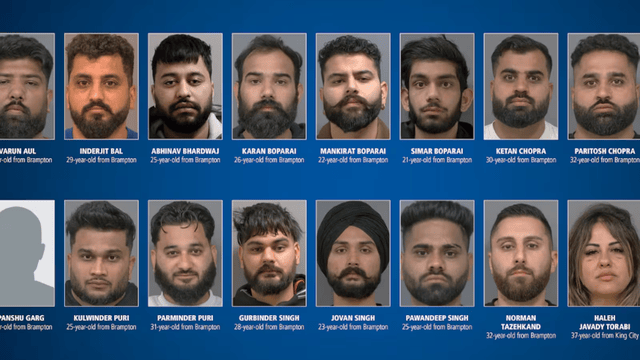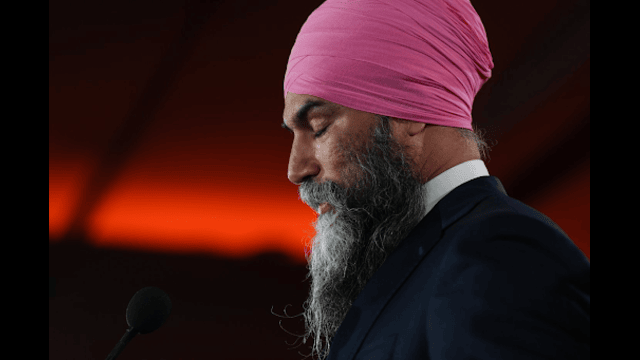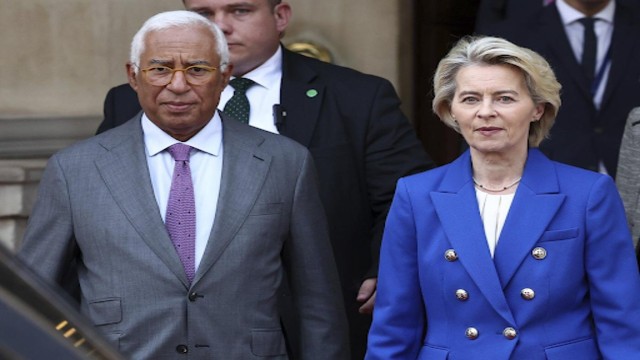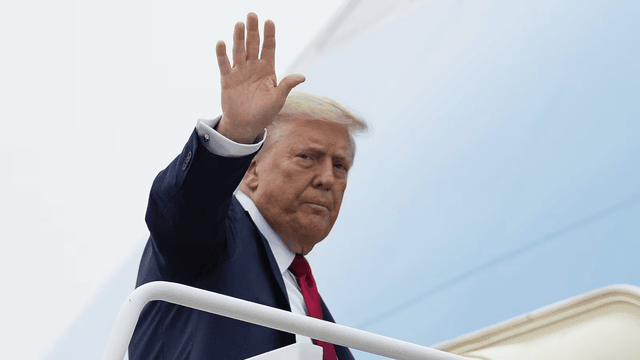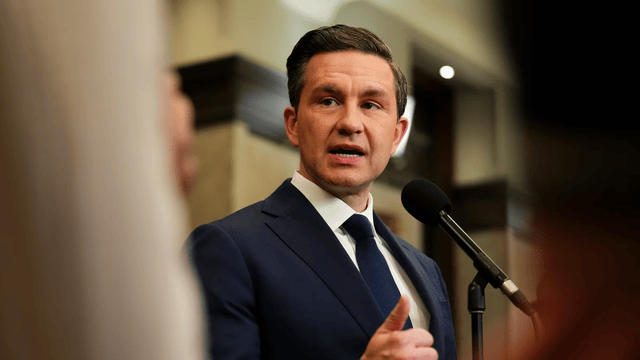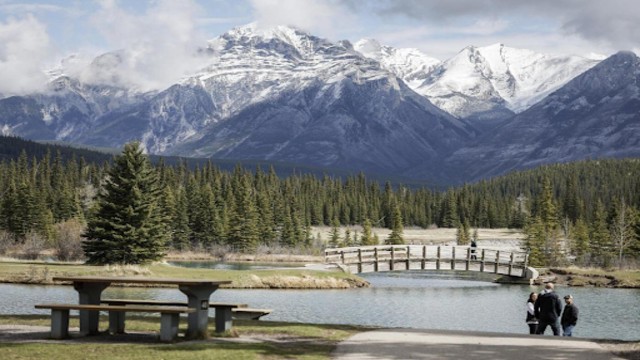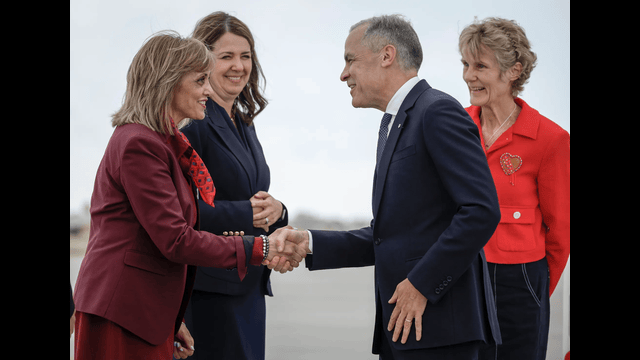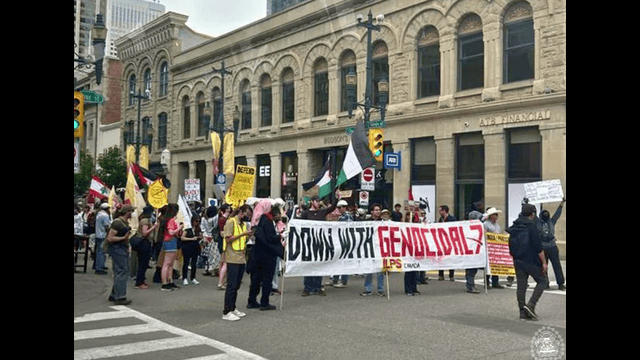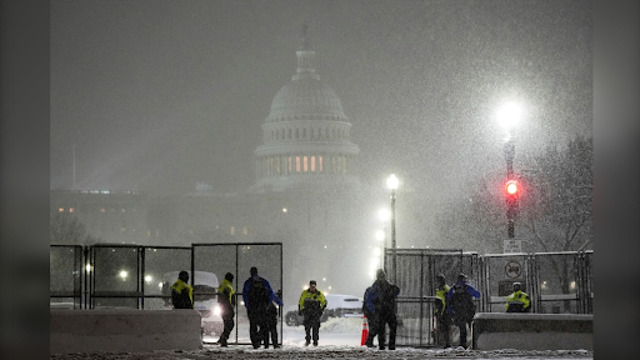
On January 6, 2025, law enforcement officers were seen guarding the Capitol in Washington as snowflakes gently fell from the sky. AP Photo
A powerful winter storm brought ice, snow, and intense winds to much of the United States on Monday, causing widespread disruptions. As a result, roads became dangerous, flights were canceled, power outages affected hundreds of thousands, and schools across several states shut down. The storm was part of the polar vortex that dipped south over the weekend, bringing frigid temperatures to much of the country.
In Louisville, Kentucky, Hugh Ross spent his Monday battling thick sheets of ice that had formed over several inches of snow. He used a shovel to break up the frozen layer that had formed after a freezing rainstorm hit the area. “You’ve got to break it up first,” Ross said, explaining the difficulty of clearing the icy driveway. “If you don’t do that, you’re wasting your time.”
The storm's impact was severe in many parts of the country, especially in Kansas, western Nebraska, and Indiana, where the National Guard was activated to help stranded drivers. Power outages affected more than 300,000 homes and businesses across Kentucky, Indiana, Illinois, Missouri, and other states. By Monday morning, widespread power outages were reported, with the icy conditions making it difficult for crews to restore electricity quickly.
Winter storm warnings were issued in Kansas, Missouri, and other states as high winds and snow continued to wreak havoc. Gusts of wind up to 45 mph (72 km/h) were reported, and blizzard conditions in some areas made travel even more dangerous. This cold weather front was expected to move east, affecting the Northeast, including major cities like New York and Washington, D.C., with temperatures plunging to below freezing.
The storm also had a significant impact on livestock. At the famous Calumet Farm in Kentucky, which houses thoroughbred horses, farm manager Eddie Kane explained that the freezing rain had created dangerous conditions. “The ice is the worst part,” Kane said. “I still haven’t turned them out because it’s too dangerous. It’s like an ice-skating rink out there.”
In central Missouri, residents were scraping layers of ice from their vehicles as freezing rain continued to coat roads and vehicles. Gary Wright, who was clearing his car, said that despite the cold, he enjoyed spending time in the snow. “I wanted to scrape off my SUV as an excuse to be out here,” said Wright, a 33-year-old North Carolina native.
The polar vortex, which usually stays around the North Pole, has been moving southward more frequently in recent years due to the warming Arctic. This has led to colder winters in areas that are not accustomed to such extreme temperatures. By Monday, much of the eastern U.S. was experiencing below-normal temperatures, and the cold was expected to last several days.
In Washington, D.C., where snowflakes fell as the nation’s new leadership was set to be certified, revelers took advantage of the rare snowstorm to engage in snowball fights in front of the Washington Monument. Meanwhile, President Joe Biden was keeping a close eye on the situation and ensuring that the federal government would assist the affected states.
Schools across Kentucky, Missouri, and Indiana closed their doors on Monday. In Kentucky, nearly 100,000 students had their classes canceled, and in Maryland, the governor declared a state of emergency. Travel disruptions were widespread, with hundreds of accidents reported across several states, and the National Weather Service warned that more snow and ice were expected to follow.
The storm also caused major delays at airports and passenger rail services, with hundreds of flights and train schedules disrupted. Amtrak had to cancel several services, and over 1,400 flights were canceled across the country, further stranding travelers during the chaos.
With the storm continuing to spread, authorities urged people to stay home and avoid unnecessary travel as dangerous weather conditions persisted throughout the week.


